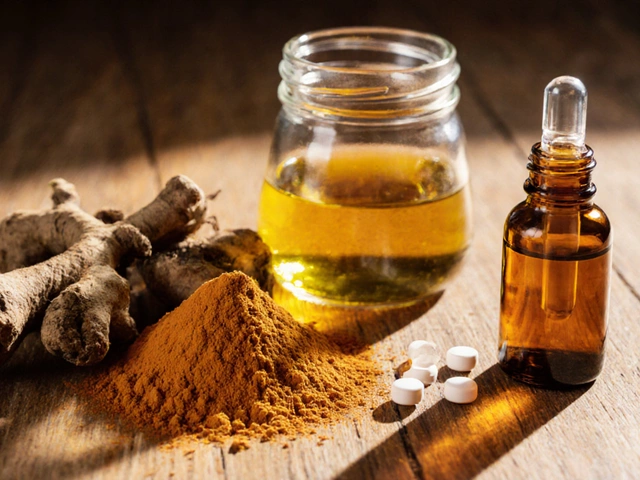Nutritious Foods – Simple Ways to Eat Healthier
Ever wonder why some meals leave you feeling great while others drag you down? The answer often lies in the quality of the foods you choose. On this page we break down what makes food truly nutritious, how to spot hidden toxins, and quick swaps you can start today. It’s all about real‑world tips you can apply right away, no fancy jargon.
What Makes a Food Truly Nutritious?
Nutrition isn’t just about calories. A nutritious food packs vitamins, minerals, fiber, and healthy fats while keeping harmful additives low. In India, traditional staples like millets, lentils, and leafy greens naturally score high on this list. Look for foods rich in vitamin C (citrus, guava), iron (spinach, pumpkin seeds), and omega‑3 fats (flaxseed, walnuts). When a product lists added sugar, artificial colors, or excessive sodium near the top of its ingredient list, it’s a red flag.
Quick Everyday Picks for a Safer Plate
Start with three easy swaps: replace white rice with brown rice or foxtail millet, choose plain yoghurt over flavored varieties, and snack on fresh fruit instead of packaged chips. These choices add fiber, probiotics, and antioxidants without extra preservatives. If you’re buying packaged goods, the Nutrition Facts panel is your best friend – aim for items with less than 5 g of added sugar per serving and under 150 mg of sodium.
Another simple habit is to pair foods wisely. Vitamin C boosts iron absorption, so add a squeeze of lemon to your lentil soup. Healthy fats help you absorb fat‑soluble vitamins like A, D, E, and K; a drizzle of cold‑pressed sesame oil over steamed veggies does the trick. These pairings let your body get the most out of what you eat, reducing the need for supplements.
Beware of hidden toxins that can sneak into even “healthy” foods. Pesticide residues on conventionally grown produce are a common concern. When possible, buy organic or wash fruits and vegetables thoroughly with a vinegar solution (1 part vinegar to 3 parts water). For packaged foods, look for certifications like FSSAI’s “Organic” logo, which signals stricter testing.
If you follow Ayurvedic principles, the 80/20 rule fits right in. Focus 80 % of your meals on whole, plant‑based foods and 20 % on occasional indulgences. This balance supports digestion, stabilizes blood sugar, and keeps cravings in check. The rule also encourages seasonal eating, which often means fresher, less processed produce.
Finally, track what you eat for a week. Write down each meal, note any after‑effects like bloating or low energy, and see patterns emerge. Small adjustments—like swapping a sugary dessert for a handful of nuts—can dramatically improve how you feel. Remember, nutrition is a marathon, not a sprint. Consistency beats perfection any day.
Ready to explore more? Check out our articles on herbal supplements, liver‑friendly drinks, and how everyday foods interact with common medicines. Armed with the right info, you can enjoy tasty, nutritious meals without worrying about hidden dangers.

Discovering the Healthiest Foods Around the Globe
Exploring the healthiest foods worldwide reveals a fascinating journey into diverse cuisines that prioritize nutrition and wellness. From the aromatic spices of India to the rich Mediterranean diet, each culture offers unique foods that not only tantalize the taste buds but also promise a slew of health benefits. This article delves into the connection between culture, diet, and health, providing insights into how these foods can promote a better lifestyle. Learn how these foods contribute to longevity and overall wellbeing, making them sought after in medical tourism.

What's the Safest Diabetic Medicine to Take?
Apr, 1 2025



